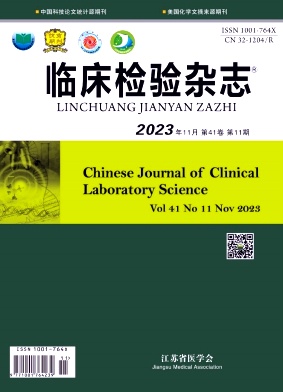Investigation of Bacterial Contamination of Liquid Soaps Used in Public Restroom
引用次数: 0
Abstract
Received August 18, 2020 Revised 1 August 21, 2020 Revised 2 August 21, 2020 Accepted August 21, 2020 Handwashing with soap is an important practice to reduce the transmission of potentially pathogenic microorganisms, but liquid soaps with refillable dispensers are prone to extrinsic bacterial contamination. This study investigated the bacterial contamination of liquid soaps in 58 public restrooms in six buildings. The bacteria were identified by a biochemical test and MALDI-TOF mass spectrophotometry. The antimicrobial susceptibility was determined using the Vitek II system. Of the 58 restrooms examined, 27(46.55%) were using a refill dispenser, of which 25(92.59%) were contaminated with bacteria. The bacteria recovered from the soaps ranged from 1.6x10 to 2.7×10 CFU/mL. Serratia liquefaciens (12), Achromobacter xylosoxidans (9), S. marcescens (4), Staphylococcus pastueri (1), and Achromobacter spanius (1) were isolated. Except for one A. xylosoxidans, bacteria of the same species isolated in the same building showed a unique resistance pattern. In conclusion, handwashing with contaminated soap may play a role in the transmission of bacteria in public health settings. Therefore, it is necessary to limit the use of refillable liquid soaps in the restrooms of hospitals used by patients with reduced immunity. Copyright C 2020 The Korean Society for Clinical Laboratory Science. All rights reserved.公共厕所液体肥皂细菌污染调查
用肥皂洗手是减少潜在致病微生物传播的重要做法,但可重复填充的液体肥皂容易受到外来细菌污染。本研究调查了六栋建筑中58个公共卫生间液体肥皂的细菌污染情况。采用生化试验和MALDI-TOF质谱法对细菌进行鉴定。采用Vitek II系统测定抗菌药物敏感性。在检查的58间卫生间中,27间(46.55%)使用了补药器,其中25间(92.59%)被细菌污染。从肥皂中回收的细菌范围为1.6 ×10 ~ 2.7×10 CFU/mL。分离出液化沙雷菌(12株)、木氧化无色杆菌(9株)、粘质葡萄球菌(4株)、巴氏葡萄球菌(1株)和西班牙无色杆菌(1株)。除1株木糖氧化单胞菌外,同一建筑物中分离的同一种细菌均表现出独特的抗性模式。总之,在公共卫生环境中,用受污染的肥皂洗手可能对细菌的传播起作用。因此,有必要限制免疫力低下患者使用的医院洗手间使用可重复使用的液体肥皂。版权所有2020韩国临床检验科学学会版权所有。
本文章由计算机程序翻译,如有差异,请以英文原文为准。
求助全文
约1分钟内获得全文
求助全文

 求助内容:
求助内容: 应助结果提醒方式:
应助结果提醒方式:


